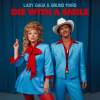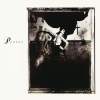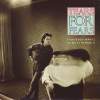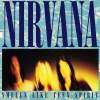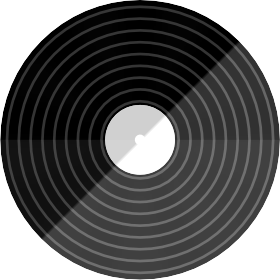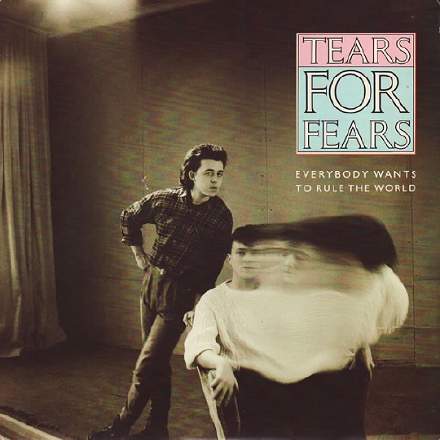
An early MIDI-driven production this, and sequenced, according to this 1985 Electronics & Music Maker interview, using Rock Shop’s UMI MIDI software running on a BBC Model B computer fitted with a build-it-yourself MIDI interface. Plenty of classic 80s synths and drum-machines are in there too apparently, including the Sequential Prophet T8, Yamaha DX7, PPG Wave, Fairlight CMI, LinnDrum, and Oberheim DMX, although I’m certainly not the kind of synth connoisseur who could personally vouch for any of them with certainty by ear! Whatever nostalgia I might have for many of those sounds, though, I can’t say I miss this track’s wayward vocal tuning, something that blights a lot of 80s UK records for me. Regular readers of this column will know that I’m no fan of over-zealous tuning correction in our own era, but I do wish someone had been able to lightly Melodyne this performance back in the day so I didn’t have to wince slightly every time it comes on the radio…
And, speaking of tuning, it sounds as if the whole master tape might have been sped up at the mastering stage, because it’s about a quarter-tone sharp of concert pitch. This was quite common practice as a last-minute way of raising the tempo of uptempo songs – in this case by about 3bpm, if my assumption’s correct. Here’s one of the choruses at both speeds so you can hear the difference this makes to the groove. Release Speed: play_arrow | get_app 3bpm Slower: play_arrow | get_app
What most interests me about this record, though, is the construction of the chorus. Its six-bar length is already a little unorthodox, but what really gets me is the lead vocal’s starkly spartan rhythmic profile – fundamentally an uninterrupted stream of 24 straight quarter notes! I’m struggling to think of any other hit song that does this, but even if there is one I somehow expect that the vocal line will be somehow contrasted with a more sycopated backing, whereas here the rest of the production is no less four-square than the singer.
And yet, despite this, I feel a definite sense that the musical momentum somehow picks up pace in bars five and six, heading into the following section’s downbeat. The harmonic rhythm’s partly responsible for this, moving from one chord per bar in bars 1-4 to two chords per bar in bars 5-6. The transformation of the oscillating bass line of bars 1-4 ( ii-iii-IV-iii) into the rising scale of bars 5-6 ( ii-iii-IV-V) can’t hurt, especially as that thereby ends the section on a perfect cadence. But what I also find intriguing is that the final two bars of the vocal melody feel a lot like the first and fourth bars have been stapled together – in other words, as if the first four bars of vocal melody have been concertinaed to squeeze them into half the space.
The song’s structure is thought-provoking by today’s standards as well, in that the first two minutes of the song basically give the following sections:
- Intro
- Verse 1
- Chorus 1
- Reintro
- Verse 2
- Chorus 2
- Bridge
- Chorus 3
The fact that this effectively delivers a complete ’traditional’ pop-song structure in two minutes feels remarkably contemporary, given how many songs being released nowadays are coming in at that kind of length in order to improve streaming numbers. However, I suspect that the thinking back in the 80s worked slightly differently – it just meant that if radio stations didn’t want to play the whole song (in order to deliver more playlist variety for the station, say) then all the song’s main musical hooks would nevertheless be sufficiently hammered home and the listener would have the sense of having heard a full song.
Furthermore, the 45-second-long instrumental section following Chorus 3 would have been another radio-friendly characteristic, allowing the DJ to just speak over the top without interfereing with any lyrics – perhaps name-checking the record, cracking a few jokes, announcing the latest football scores… And yet if the record were played in its entirety, it would still feel like a traditional song structure that way too, roughly along the lines of:
- Verse
- Chorus
- Verse
- Double Chorus
- Middle Section
- Triple Chorus
I suspect this kind of radio-centric structural thinking informs quite a lot of other mainstream 80s hits too. Indeed, I was coincidentally just charting out the chords of Tina Turner’s ‘The Best’, and noticed it doing something quite similar, delivering a song structure that could easily have finished after the third chorus, but then following that with 20 seconds of spurious instrumental water-treading before coming back in with another extended chorus.
It’s a tale as old as time: the delivery medium always ends up impacting on the music itself.
